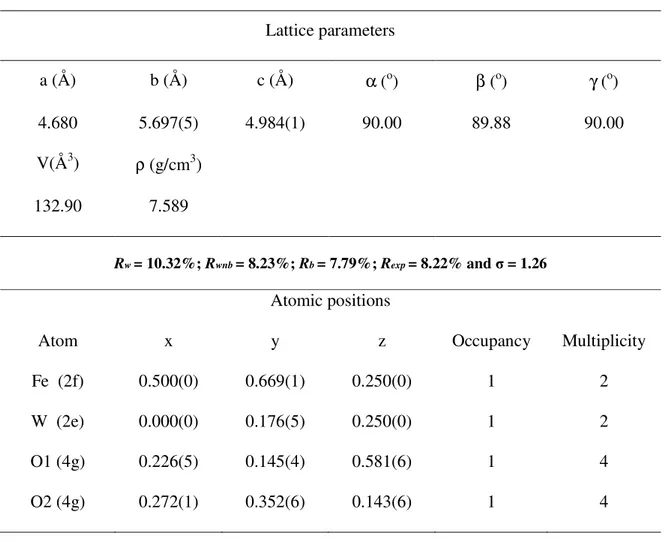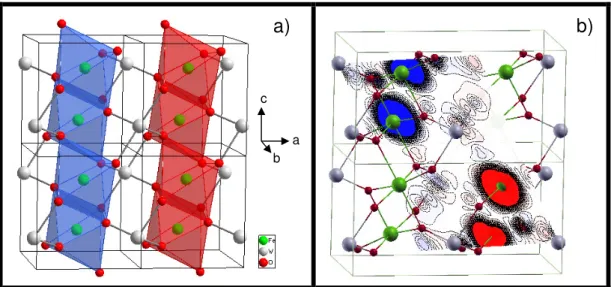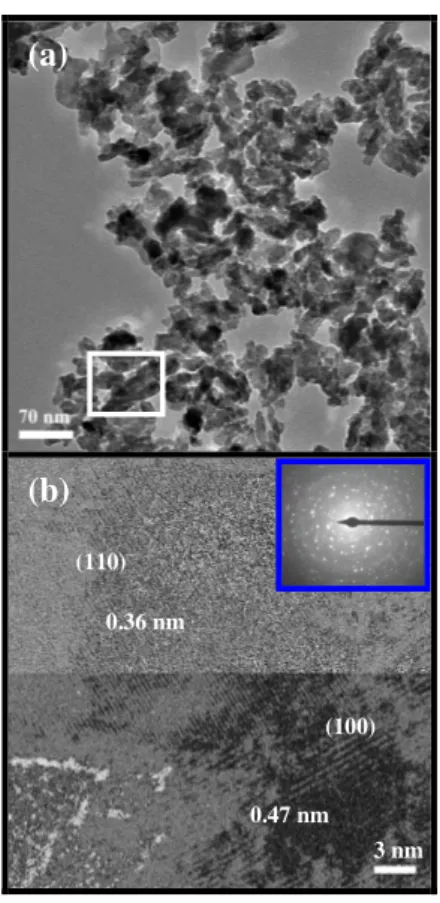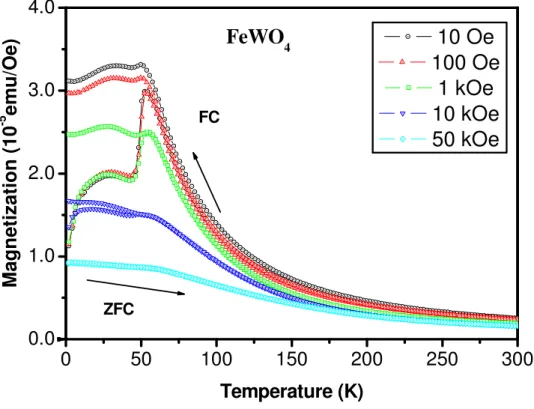Electronic structure and magnetic properties of FeWO4 nanocrystals synthesized by the microwave hydrothermal method
Texto completo
Figure




Documento similar
The synthesis and analysis of these properties were then featured by (i) the composition, geometry, and electronic and mag- netic structure of the exposed surfaces at the
In this part, we will concentrate on the magnetic properties of a single ferromagnetic particle, that is to say, we will study a magnetic nanoparticle without taking into account
Figure 6(a) shows the emission spectra generated by the powdered OMHSs in the absence of any applied magnetic field and tissue as obtained for two different 808 nm laser powers..
The observed dependences of the extracted depinning frequencies on the microwave power, magnetic field, and temperature support the idea that the flux avalanches are generated
Mazarío, “Effect of the surface charge on the adsorption capacity of chromium (VI) of iron oxide magnetic nanoparticles prepared by microwave-assisted synthesis,”.
We have characterized the structural and magnetic properties of these platelets by Mössbauer spectroscopy, x-ray transmission microscopy (TXM), transmission electron microscopy
The magnetic configuration and magnetization reversal process of cylindrical shaped magnets (nanowires and nanodots) have been studied using Magnetic Force
The intrinsic magnetic properties in a permanent magnet are the Saturation magnetization, the Curie temperature and the Anisotropy field.. 1.1.3.1